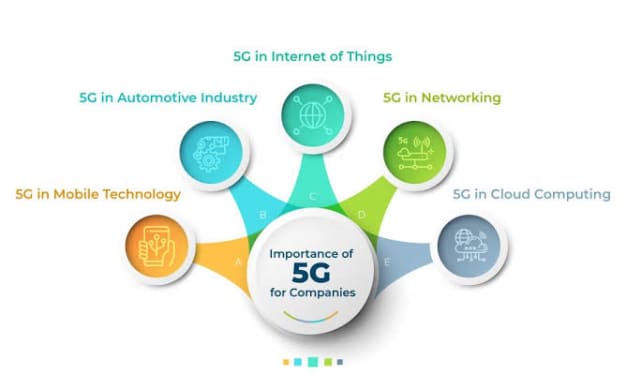Animation Techniques and Applications
Animation tech

Introduction:
Animation is the process of turning stationary images into moving ones by modifying them sequentially. It is a style of visual storytelling that has existed for millennia and has continued to develop as technology has advanced. In this blog post, we'll examine animation's definition, background, and various production methods.
History of Animation:
Ancient Egyptians utilised images drawn on pots and walls to simulate movement in the oldest known examples of animation, which date back to 2000 BCE. But, animation as we know it today didn't start to take shape until the late 1800s.
The zoopraxiscope, invented by Eadweard Muybridge in 1877, was a tool that quickly projected a succession of static images to give the appearance of movement. This innovation made it possible for other animators to experiment with other methods, including stop-motion, hand-drawn, and computer-generated animation.
Types of Animation:
Hand-drawn Animation:Hand-drawn animation, also referred to as traditional animation, entails drawing every frame by hand. Early animated films like Disney's Snow White and the Seven Dwarfs frequently employed this approach.
- Stop-motion animation:
This method entails physically moving things while taking pictures of them to produce a series of still images. Next, to give the impression ofanimation has become increasingly popular. This movement, these images are played again in order. In movies like Wallace and Gromit and The Nightmare Before Christmas, stop-motion animation was utilised.
- Computer-generated Animation: As technology has advanced, computer-generated animation has grown in popularity. Using 3D computer graphics tools, such as that used in Pixar's Toy Story and Dreamworks' Shrek, this technique entails making animations.
- Motion graphics: Typography, logos, and other design components are animated in motion graphics. In video production and advertising, this method is frequently employed.
- Classic Animation
The earliest type of animation is traditional animation, commonly referred to as cel animation. In this method, artists hand-draw each frame before having them photographed and captured on film. Although it takes a lot of work and perseverance, this approach can result in stunning, fluid animation. Disney classics like The Lion King and Snow White and the Seven Dwarfs are two examples of conventional animation.
- 2-D Animation
Digital tools like Adobe Flash or Toon Boom are used to generate 2D animation, commonly referred to as vector-based animation. To give the appearance of movement, the artist generates separate images, or frames, which are then sequenced together. Even now, 2D animation is frequently employed in television shows, commercials, and video games.
- Animated 3D
Making computer-generated imagery (CGI) that appears three-dimensional is called 3D animation. This method is frequently employed in movies, video games, and advertisements. With the aid of sophisticated tools, 3D models and characters may be built and edited in 3D animation.
- Animation in Stop-Motion
In stop-motion animation, real objects are moved around and photographed one frame at a time to give the appearance of movement. Children's television programmes and films like Coraline and Wallace and Gromit frequently employ this method.
- Motion Pictures
Traditional animation and graphic design are combined in motion graphics, a kind of animation. This method is frequently employed in explainer videos and ads. Often, moving text and still images are part of motion graphics.V
Applications of Animation:
There are many uses for animation, including:
Entertainment: Both youngsters and adults like watching animated movies and TV shows.
Education: Animated explainer films and tutorials can be utilised to produce interesting instructional content.
Advertising: Animated commercials are frequently used to advertise goods and services.
Animation is frequently used in video games to bring characters and environments to life.
Conclusion:
A adaptable art form that has been practised for ages is animation. There are several methods used to create animated content, from hand-drawn animation to computer-generated animation. Animation can be used for a variety of purposes, including teaching, entertainment, and advertisement. Future applications of animation are likely to be much more creative as a result of technological improvement.





Comments
There are no comments for this story
Be the first to respond and start the conversation.